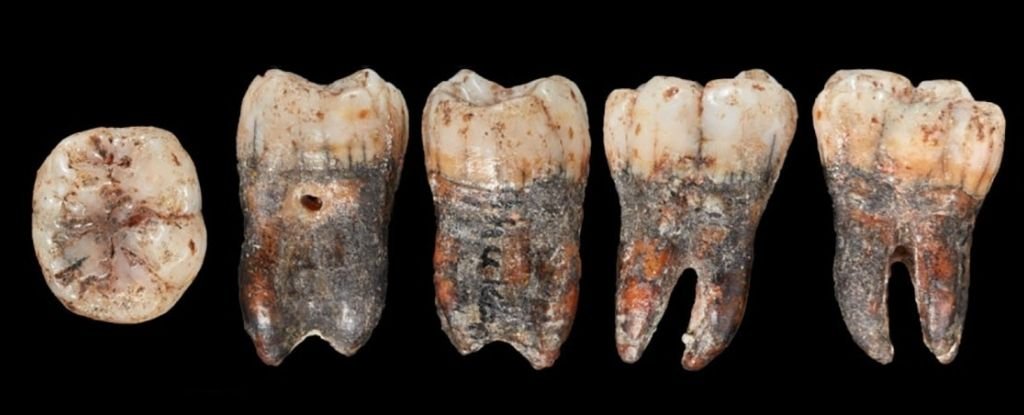
(Trustees of the Natural History Museum, London/Blinkhorn, et al., 2021)
In 1928, the renowned British archaeologist, Dorothy Garrod, excavated the Shukbah Cave in the hills of Palestine, just north of Jerusalem.
This was some of her earliest work in a long and successful career, revealing a rich collection of ancient stone tools, animal bones, and a single fossilised tooth - what looked like a large human molar.
For fifty years the discovery was lost in the private collection of a collaborator, unrecognised and neglected. Then, at the turn of the century, the long-lost tooth landed in the laps of researchers at the British Museum of Natural History.
Looking closely at the large molar, researchers realised it was probably from a young Neanderthal, possibly between the ages of 7 and 12.
To date, the Shukbah tooth is the southernmost example of the Neanderthal range in Arabia.
Read the rest of this article...
No comments:
Post a Comment
Note: Only a member of this blog may post a comment.